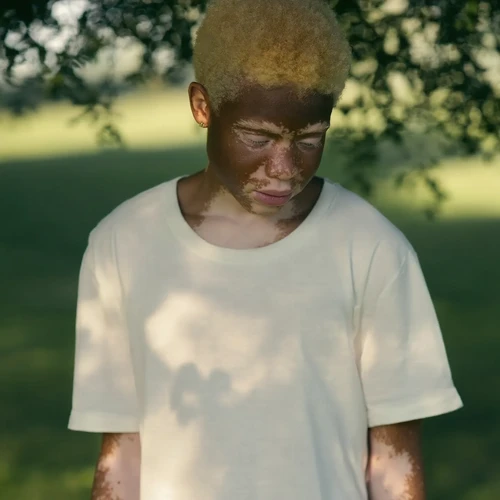A research team led by the David Geffen School of Medicine at UCLA reports that vitiligo is linked to an increased risk of depression, particularly among Black and Hispanic patients.
Vitiligo, a chronic autoimmune skin condition affecting around 1% of the global population, is marked by the progressive loss of melanocytes and the appearance of depigmented patches on the skin. Psychosocial impacts such as lowered self-esteem, social stigmatization, and a heightened risk for depression have been noted.
In the study, "Variation in Depression Risk by Race and Ethnicity Among Vitiligo Patients," published in JAAD International, researchers conducted a retrospective cross-sectional analysis to assess differential risks of depression among various racial and ethnic groups. The goal was to guide more personalized dermatology care.
JAAD InternationalUsing electronic health records from the NIH All of Us Program (2018–2024), researchers examined data from 254,700 participants. Those diagnosed with vitiligo (n=1,087) were matched to control patients without vitiligo (n=5,435) based on age, sex, race/ethnicity, education level, income, and insurance. Adjusted odds ratios (aOR) were calculated using multivariable logistic regression.
Vitiligo was associated with a higher overall risk of depression (aOR 1.34; 95% CI 1.16–1.54) compared to those without vitiligo. The risk for Black patients with vitiligo more than doubled compared to their non-vitiligo counterparts (aOR 2.13; 95% CI 1.55–2.91). Hispanic patients with vitiligo also showed a significantly elevated risk (aOR 1.45; 95% CI 1.09–1.94) compared to Hispanic patients without the condition.
Non-Hispanic vitiligo patients had an elevated risk of depression (aOR 1.29; 95% CI 1.09–1.52) compared to those without vitiligo. White patients with vitiligo showed a non-significant association (aOR 1.06; 95% CI 0.85–1.29). For Asian patients, the risk was lower and also non-significant (aOR 0.70; 95% CI 0.15–2.38).
The study revealed substantial disparities in vitiligo's mental health burden across different racial and ethnic groups, with Black and Hispanic patients facing a significantly higher risk of depression. This may be due to higher visibility of skin lesions, cultural stigmas, and differences in access to mental health and dermatologic services.
To further this research, the authors suggest evaluating the location of vitiligo, its age of onset, and the impact of treatments such as phototherapy and ruxolitinib on depression. They also advocate for collaborative models that integrate care between dermatology and psychiatry to address these disparities.
This article is produced by our author Justin Jackson, edited by Sadie Harley, with fact-checking and review provided by Robert Egan. Support independent science journalism—please consider a donation. You'll get an ad-free account as a thank-you.


